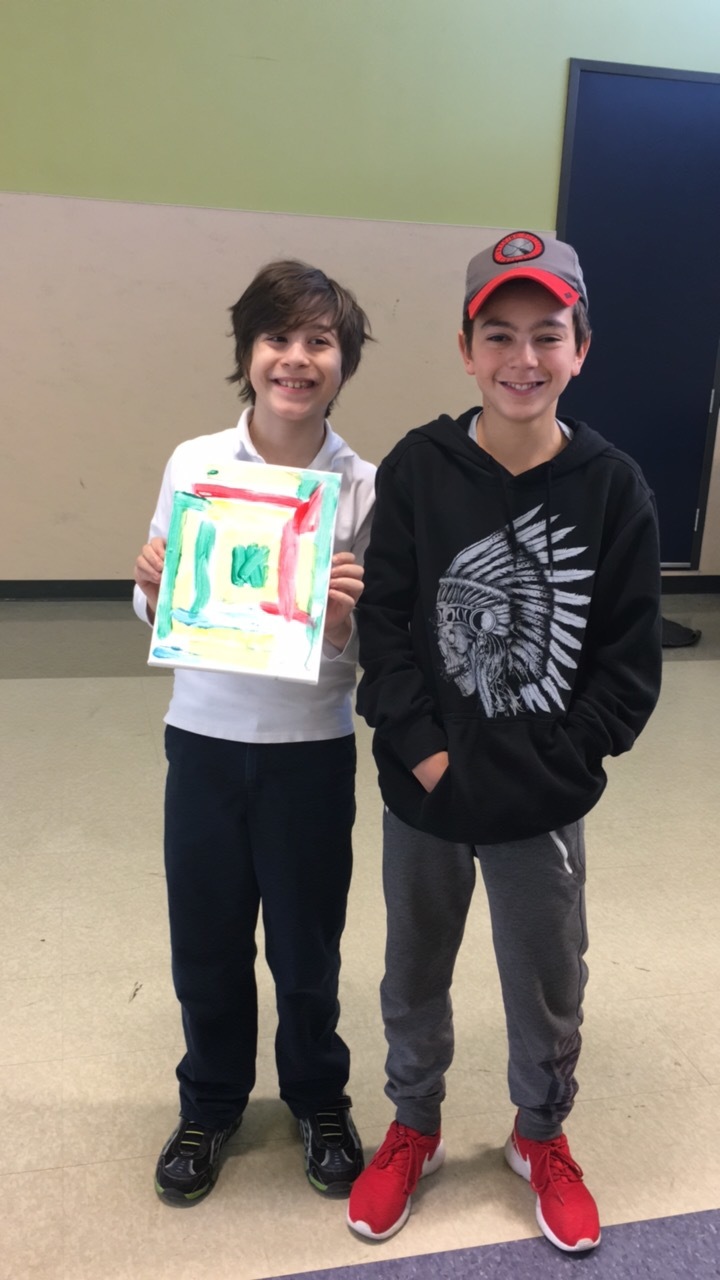“Hi, Greer! Any ideas? What do you guys do in the summer?”
That’s the text a friend sent me. And I understand her concern. Summer is precious, the days are scarce, and we want them to matter. Some of our kids are in Extended School Year programs. But whether or not my own kids have ESY, I like to look at the summer as a time to work on some other goals I have for my them. Here are a few examples, and what I plan to do to get the most out of summertime.
1. Work on life skills.
There may not be time during the school year, but summertime offers a great chance to learn some skills that will help kids become independent. I like teaching my kids to make a simple meal—with my help, of course. It’s amazing how proud a child feels when she sees she’s made her own dinner. Start small: my daughter loves frying eggs in the microwave. There’s a real sense of autonomy kids can get from knowing they can make their own burger and contribute by helping to make a meal for the family.
2. Develop talents.
I know that school requires a lot from my kids, in terms of mental energy and time. But they, like all kids, have other interests and talents that they need the opportunity to develop. I’ve signed one of my sons up for a comedy improv camp. My daughter is begging to go to a cooking class. Whatever my children expresses an interest in, I try to acknowledge that instinct by doing something to help them chase that interest.
3. Volunteer
Okay, maybe I’m the most annoying mother in the world, but when my kids tell me “I’m bored,” I tell them to go find something they can do for someone else. It’s never too early to learn to give back, and kids get to feel competent when they are the one helping someone else. In school, our kids can get the feeling they are in need of so much help; it’s nice to be on the other side of that interaction for a change.
4. Gain work experience.
There is nothing like real work experience to convince kids that it does matter whether or not you get up on time or brush your hair. Temple Grandin, autism advocate and speaker, extols the virtues of real-life work experience as soon as possible, and I agree. It’s not about the money—unpaid internships are a great way for kids to get their foot into a real-world experience. One of my sons helped out in a local pizza shop for a day. Use your connections with people in your world to open up opportunities for your child.
5. Get a head start.
It’s never a bad idea to get a jump on the next school year, but aim low. I like to pick one skill or activity that will help my kids be ready for September. Before the bell rings in June, ask the school to tell you the first book your child will read next year. My son asked me to start a “book club” with him. For another student, taking trips to a new school just to get familiar with the playground or the school garden can ease the transition come September.
Most of all, summer needs to be about fun. I know my kids work awfully hard for ten months … and so do I! So whatever we do to make the summer a learning experience, I also make sure that it involves plenty of family time—even if we are just walking the dog—so that we all have time to learn from each other and make memories together.
By: Greer Gurland
Greer Gurland Esq., a Harvard Law School graduate and a mother of children with special needs, is the author of the 2016 multiple award winning How To Advocate Successfully for Your Child: What Every Parent Should Know About Special Education Law, available in English and Spanish.




































